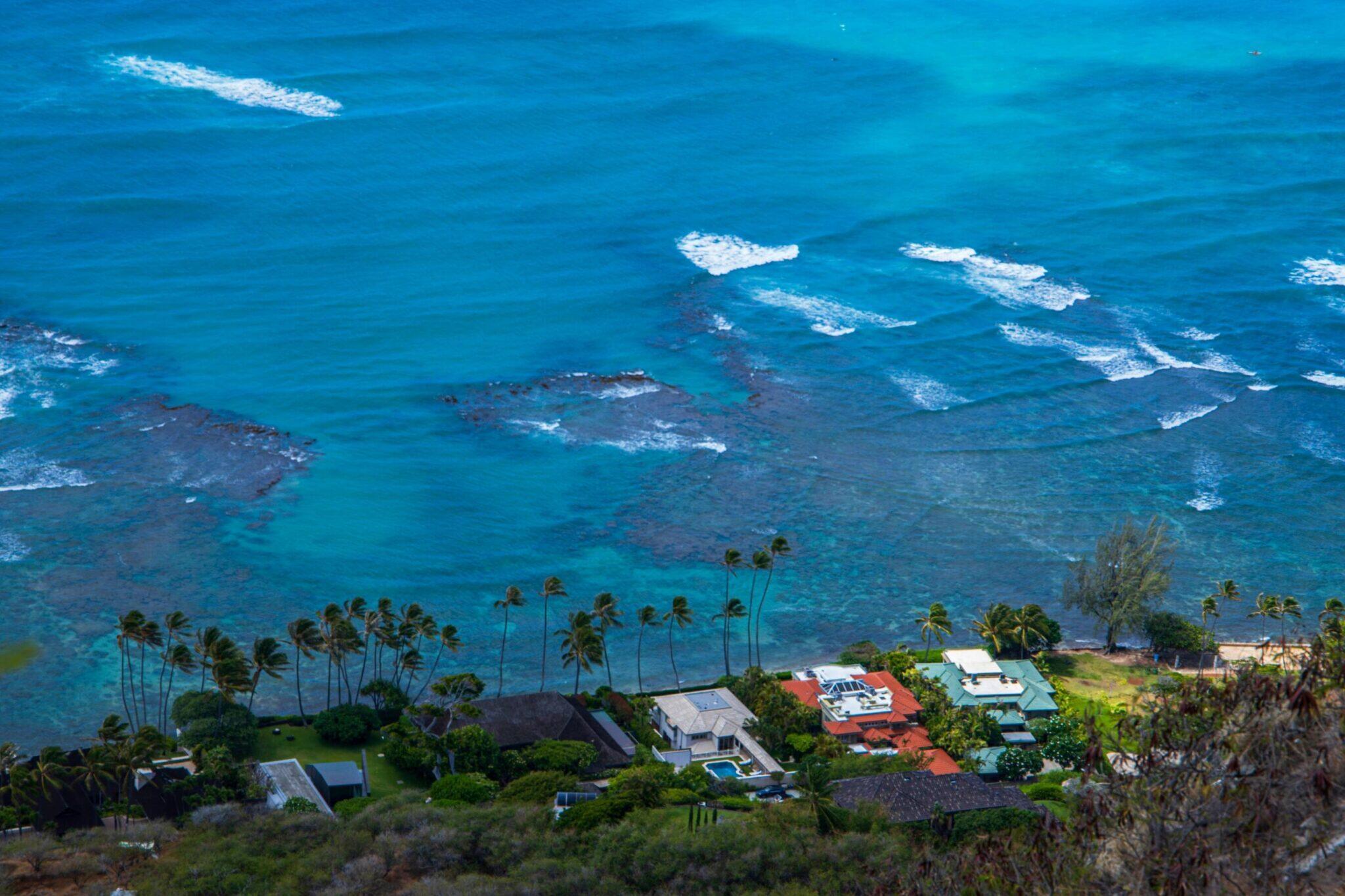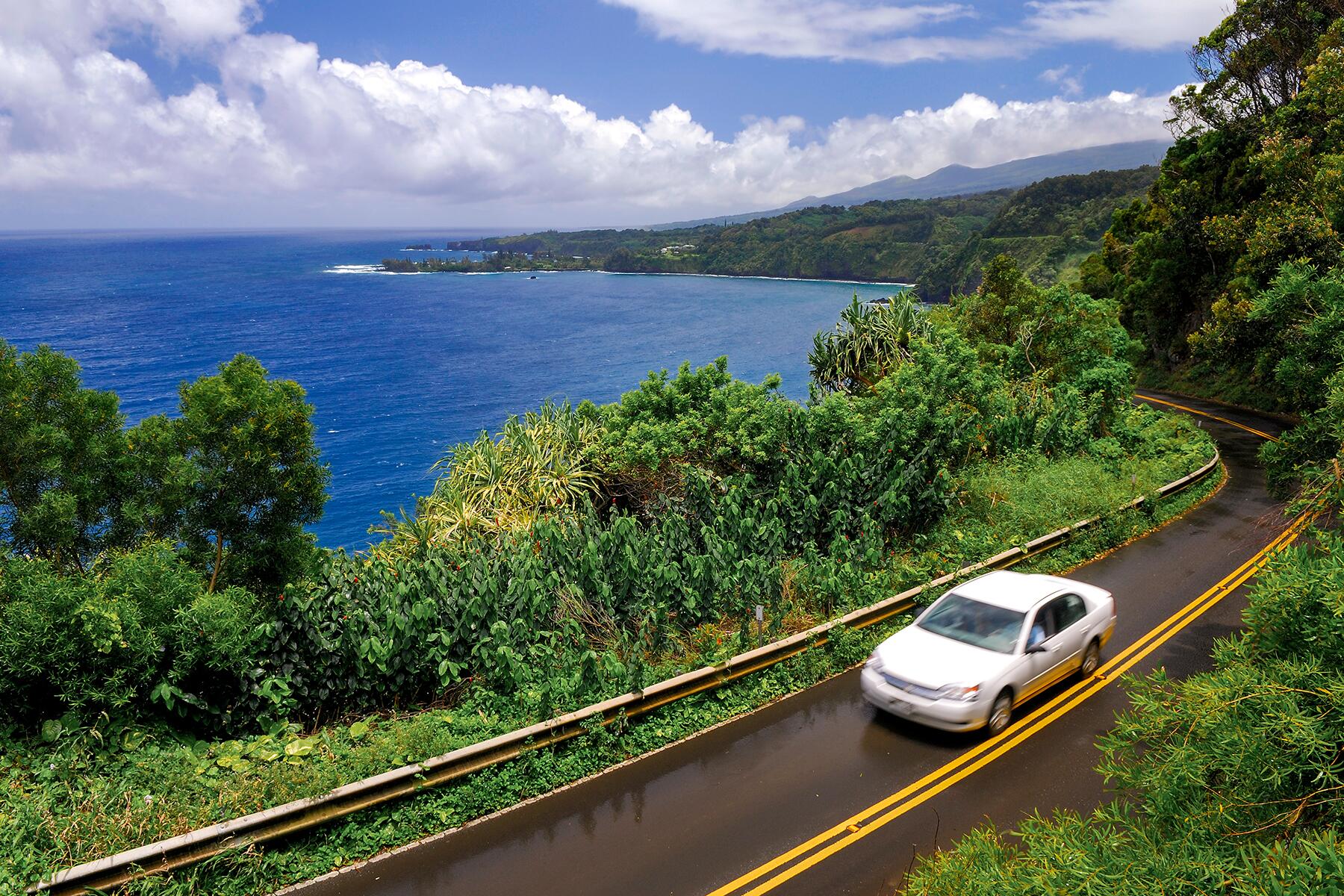Paradise doesn't have to break the bank.
Hawaii is a special spot with more than 100 islands scattered across the Pacific Ocean. But only seven of these islands are inhabited today—and only six of them can be traversed by tourists. Oahu, Maui, Kauai, Molokai, Lanai, and the Island of Hawaii (which is commonly referred to as “The Big Island”) are all accessible to visitors who want to explore and enjoy an island vacation.
There’s more than enough to do on just one of the islands to keep you busy as a visitor for weeks on end—and since each island is unique enough that a trip to one island can be a vacation destination in and of itself, it can be hard to decide how and where to start. But for those who want to explore further and wider than just one destination on a Hawaiian getaway, here’s how to plan an extra exciting getaway without breaking the bank.
Pre-Strategize Your Trip Based on Your Desired Experience
Each accessible island in the Hawaiian archipelago offers its own distinct atmosphere and set of activities to embark upon for an equally enjoyable getaway. For this reason, it’s important to carefully consider what kind of trip you’d like to plan before booking the journey.
Oahu is home to Honolulu International Airport, Hawaii’s main airport, which services numerous daily flights worldwide. This spot is most likely your best bet for acting as a “hub” to set as a home base before or for traveling to other islands. From HNL, it usually takes no more than 45 minutes of flight time to travel to the other major Hawaiian Islands on a nonstop flight. So it’d be a solid start to book a flight into HNL, no matter what kind of vacation you’d like to plan if you’re looking to visit more than one city.
Recommended Fodor’s Video
If you seek exceptional foodie experiences, ample shopping, and buzzy nightlife options or desire to embark on those quintessential “touristy” activities, you would enjoy visiting Honolulu on Oahu. If you’re an art or history enthusiast, this is also where you’ll find an abundance of museums detailing the state’s storied past at spots like Pearl Harbor and the Hawaii State Art Museum.
If you seek a more remote, peaceful trip, you will enjoy visiting Lanai—the smallest inhabited island you can visit in Hawaii. There’s also Kauai, which is known as the “Garden Isle”—a perfect place for honeymooners and lovers to spend some quiet time together.
If you want to plan an adventurous trip filled with hiking, biking, and active activities, a great choice would be The Island of Hawaii, which is home to the larger destinations of Hilo and Kona, and host to Volcanoes National Park, majestic Mauna Kea, and The Mauna Kea Observatories.
If you’re seeking a more relaxed trip balanced with a bit of excitement, a trip to Maui offers both laid-back activities mixed with a taste of adventure. Here, you can take a drive along the historic Hana Highway, or visit Haleakala National Park Maui.
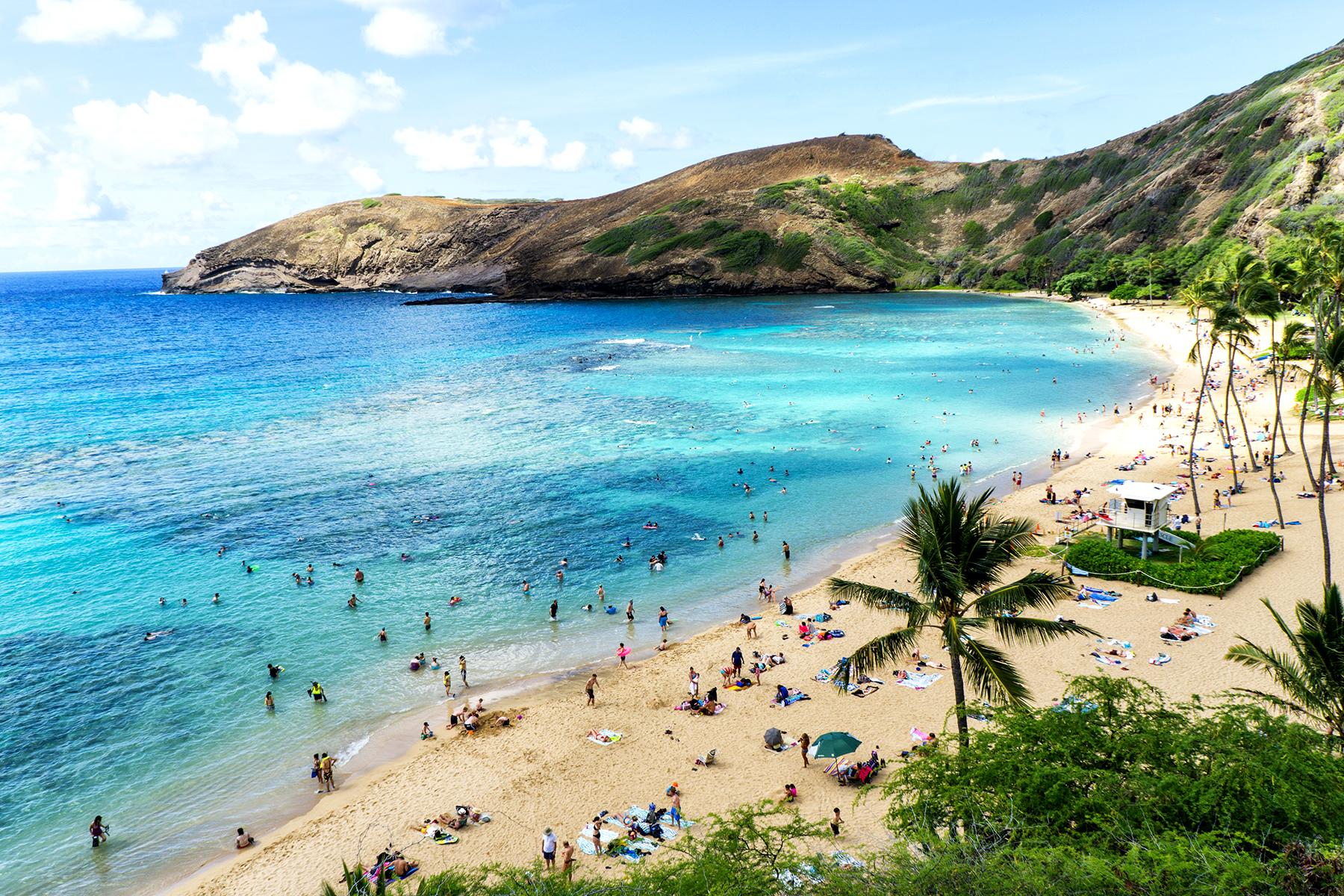
Navigating the Airports and Air Travel
Once you reach Hawaii, there are a few different ways to navigate via air between the different islands. Airlines operating inter-island flights include Hawaiian Airlines, Southwest Airlines, and Mokulele Airlines.
Hawaiian Airlines operates affordable interisland flights to Honolulu International Airport on Oahu, Kahului Airport on Maui, Lihue Airport on Kauai, and Kona and Hilo airports on the Big Island—as does Southwest Airlines for many of these routes (which are updated and detailed on its website). Mokulele operates more than 100 daily flights between most of the Hawaiian Islands, offering direct service from Kona to Oʻahu, Maui, and Molokai.
To navigate airports in Hawaii, you should be mindful of certain specific rules for arrival and departure to the state since Hawaii is a set of islands. Hawaii has its own unique standards for what you can bring to the state since it’s a delicate, isolated ecosystem. Animal quarantine is required for all dogs, cats, and other carnivores, because Hawaii is the only rabies-free state, and any rabies introduction would negatively impact Hawaii’s ecosystem, tourism, and general local lifestyle. There are special exemptions from quarantine for some service and guide dogs which you can read on the state’s Animal Industry Division website.
Hawaii is also the “endangered species capital of the world,” with more endangered or threatened species per square mile than any other place on the planet, which means bringing non-native species of plants and animals into The Hawaiian Islands can cause harmful effects on human health, agriculture and the native ecosystem. When you land in the State of Hawaii, the Department of Agriculture requires you to declare any plants, seeds, animals, or any other agricultural materials on an Agricultural Declaration Form distributed aboard your initial flight into Hawaii. You also cannot travel with any agricultural items out of Hawaii upon leaving. There are special deposit boxes at the airports for you to leave any fresh fruits and vegetables you might’ve purchased on the islands (even at the airport itself) before you board your departing airplane.
Affordable Ways of Exploring Across the Islands
It’s no secret that renting a car in Hawaii is not cheap, and sometimes it isn’t an easy feat to secure a reservation at all—but in major cities like Honolulu, many locals rent out their cars on Turo for visitors to use during their stay for as low as around $50 a day. Some hotels also offer single-day rentals, like the Four Seasons Resort Hualalai on The Big Island, which has its own Enterprise car rental service on-site as an amenity.
On the water, take a Ferry between Maui and Lāna‘i with Expeditions, which for three decades has been offering affordable transportation between the islands of Maui and Lāna’i. It’s a short trip across the ʻAuʻau Channel aboard these vessels, on a trip that boasts spectacular views of Maui County, including the islands of Maui, Lānaʻi, Moloka`i, and Kahoʻolawe. The hour-long journey will cost about $30 one-way for adults and $20 for children.
There’s also GetMyBoat, the world’s largest boat rental and water experience marketplace, on which travelers in Hawaiian cities such as Honolulu can just rent a boat using the app on their phone and charter it for a trip wherever they need to go. If you don’t want to use GetMyBoat as a form of transportation between islands or around a certain island, renting a boat on this platform as a group and splitting the trip makes for an affordable activity, and enjoy some fun on the water while visiting the islands.
If you want to get outside and get a workout while exploring Honolulu, the city’s bike share system, Biki, is a great way to explore outside of the Waikīkī resort area without having to rent a car or take a taxi.
And it turns out that taking The Bus isn’t just for kids going to school but is a really easy and affordable way to explore the island of Oahu. This island’s public bus system travels practically everywhere on the island (those who are interested can even embark on a “circle island tour” if they have enough time on their hands!). It’s a great option for those who would prefer to sit back and relax, to enjoy the gorgeous scenery on the island.
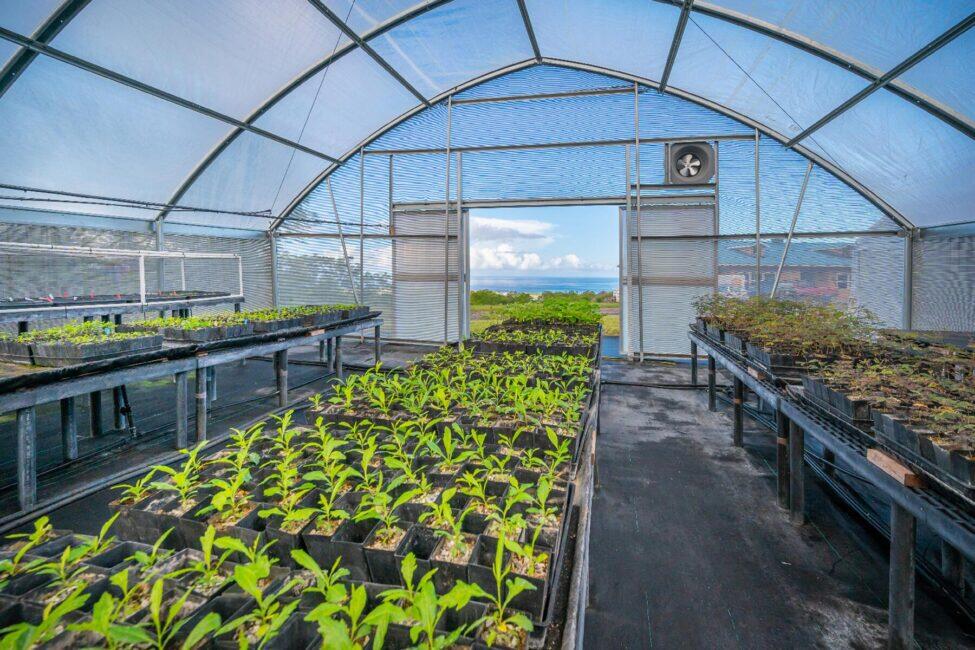
Giving Back and Getting a Discount
If you want to save money and make a difference on a trip that gives back, you can participate in The Malama Hawaii Program— it’s the perfect way to make a stay exceptionally memorable while forging new and meaningful connections to caring people and a beautiful place. Hawaii hosts plenty of unique voluntourism opportunities, ranging from reforestation projects and tree planting to self-directed beach clean-ups—and when you book a Hawaii package and participate in a hotel’s designated volunteer activity, you’ll qualify for a special discount (or maybe even a free night!).
Another way to save money on your Hawaiian vacation is to stay at a Hawaiian-family-owned or locally-owned spot instead of a large-scale resort. Many locally owned Bed and Breakfasts are not only more affordable but offer a more authentic experience. The Island of Hawaii hosts plenty of unique B&B properties in various locations. On the Kona Coast, there’s Hale Maluhia Country Inn—a true “house of peace” situated on the slopes of Holualoa. In Honokaʻa, visit Waipi‘o Wayside Bed and Breakfast, which is about halfway between Hilo and Kona, located along the stunning Hamakua coast—ten minutes from Waipio Valley. In Hilo, stop by oceanfront Hale Kai Hawaii Bed and Breakfast, or the charming Old Hawaiian B&B, which boasts walking access to downtown Hilo.
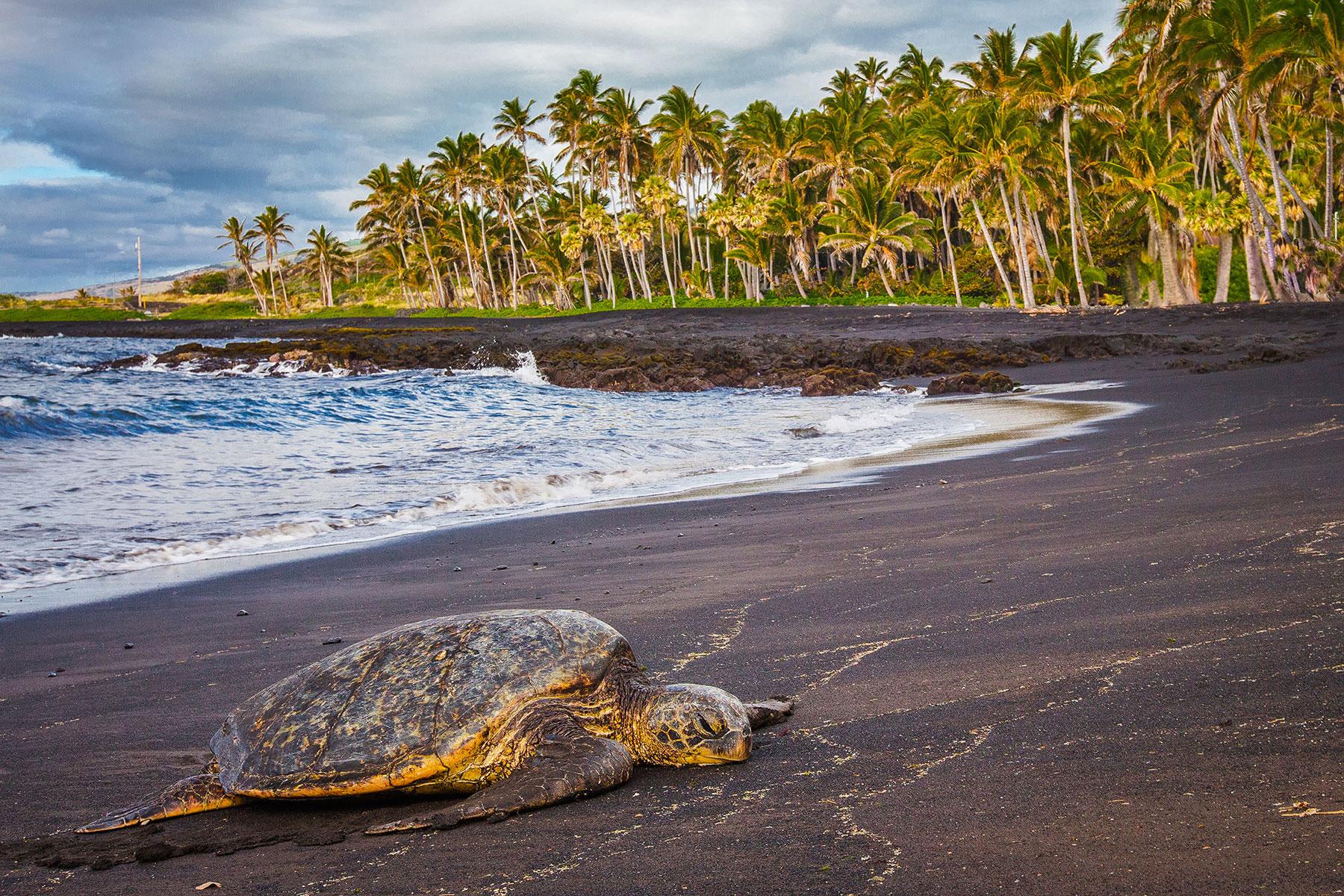
Embark on a Free or (Extra Affordable) Activity
Soak up some sun on the sand—all beaches in Hawaii are free and open to the public. Or, attend one of Hawaii’s many Farmers’ Markets on Kaua‘i, Maui, O‘ahu, or the Island of Hawai‘i. Outdoor adventure enthusiasts can save on access to the local National parks and trails with a Hawai‘i Tri-Park Annual Pass— it’s $55 for 12 months from the date of purchase, which includes access for one vehicle to Haleakalā National Park on Maui, Pu‘uhonua o Hōnaunau National Park on the Island of Hawaii and Hawai‘i Volcanoes National Park on the Island of Hawaii. It’s the perfect pass for those who love nature and plan on visiting more than one of these iconic outdoor spots on a trip without committing to the price of an entire National Parks Pass.
Other parks and monuments across the state that are free or extremely affordable include Lava Tree State Monument, Lapakahi State Historical Park, and Diamond Head State Monument, where the current parking fee is $10 Per Vehicle for non-residents and the current entrance fee is $5 for non-residents (children three and under enter for free!).
Those who like a good light show can check out the free fireworks show set off from the shores at Hilton Hawaiian Village in Honolulu each Friday night. Fans of dance can watch a free hula performance at Royal Hawaiian Center on Saturdays at 5:30 p.m. or at the Kā‘anapali Beach Hotel on Maui daily (except Monday) at 6:30 p.m. Those who want to learn about the islands’ culture can visit the Aʻo Cultural Center, the Outrigger Reef Waikiki Beach Resort’s newly-created space dedicated to helping educate visitors on Native Hawaiian and Polynesian traditions. Free daily classes are taught at the center, ranging from lei-making to hula and ʻukulele classes.
Or, purchase an affordable ticket to one of the local museums, many of which offer discounts for children, seniors, students, and the military. Bishop Museum is Hawaii’s largest museum dedicated to studying and preserving the history of Hawaiʻi and the Pacific. ʻIolani Palace is one of Oʻahu’s most culturally significant landmarks, having been the only royal residence in the U.S. and the place of Queen Liliʻuokalani’s imprisonment following the illegal overthrow of the Hawaiian Kingdom by American Businessmen. The Royal Hawaiian Band presents free concerts on the ‘Iolani Palace Grounds most Fridays from noon to 1 p.m.
Coffee lovers can tour the United States’ largest coffee farm, Kaua‘i Coffee Company, on the south side of Kaua‘i on a free walking tour of the farm before enjoying a coffee tasting. Music lovers can revel in a monthly music show at Hulihe‘e Palace, where there’s a free concert to honor a different ali‘i (royalty) and/or historical figure.
If you’re one of those travelers who want to try to “do it all,” purchase an all-inclusive pass with Go City. On Oahu, one of these passes can mean big savings if you’re planning to visit more than one top attraction.
Investing in the All-Inclusive Pass with Go City can save more on multiple experiences—compared to buying separate attraction tickets. From pineapple farm tours to Luaus, surf lessons, and sunset catamaran sails—one of these multi-activity passes can serve as a simple way to plan more while paying less for what would otherwise be individually purchased experiences.
Editor’s Note: Per the Hawaii Tourism Authority, Fodor’s recognizes “the proper use of the Hawaiian language, ‘Ōlelo Hawai‘i,’ which includes the ‘okina [‘], a consonant, and the kahakō [ō] or macron.” The Hawai‘i Board on Geographic Names was created to “assure uniformity and standardize spelling of geographic names to communicate unambiguously about places, reducing the potential for confusion.” In order to ensure our readers the best experience reading our Hawaii travel guides, we follow the standardized spelling, but hope to expose readers to the importance and cultural significance of the written Ōlelo Hawai‘i language.


